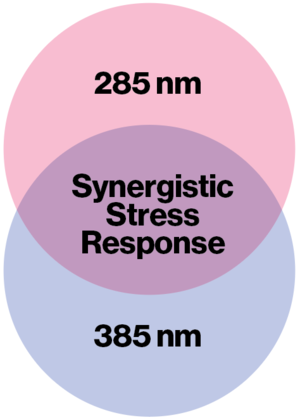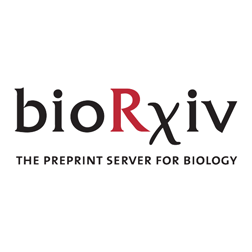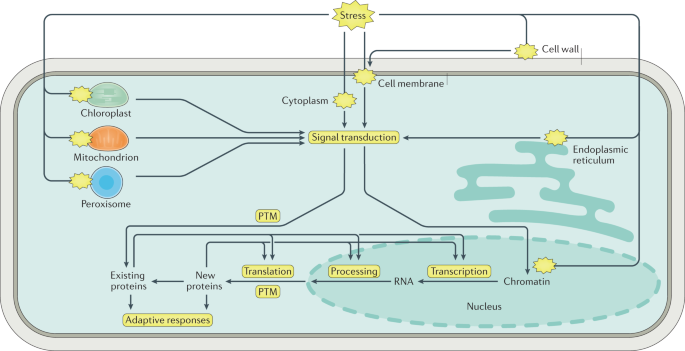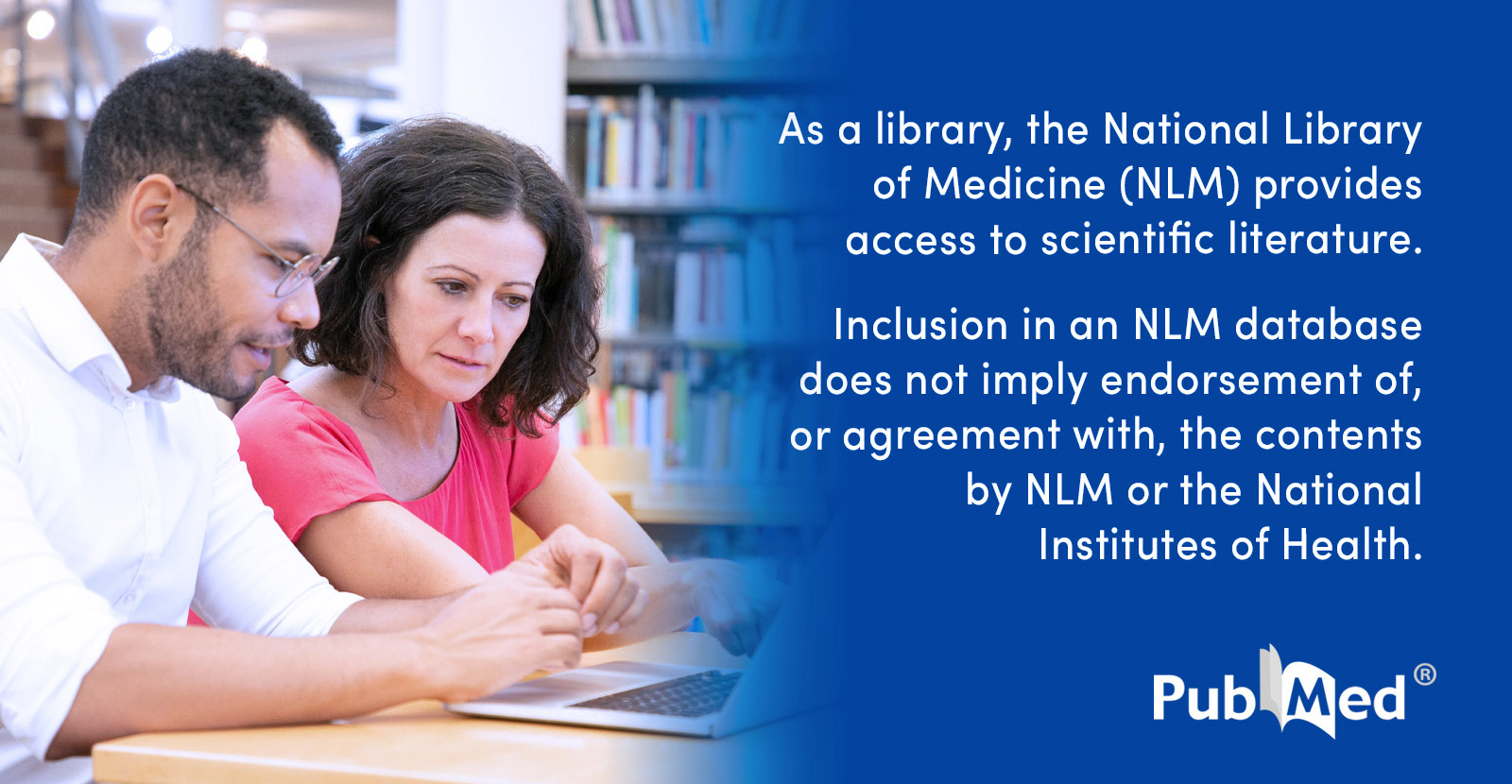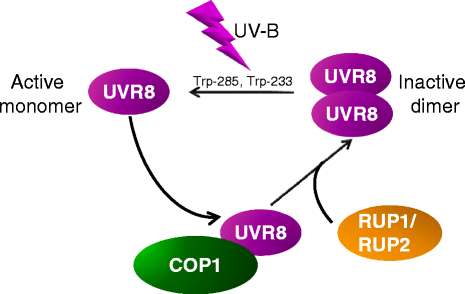jimihendrix1
Well-Known Member
- UVR8 - Ultraviolet-B receptor UVR8 - Arabidopsis thaliana ...
Mar 01, 2001 · UVR8 is involved in controlling aspects of leaf growth and morphogenesis in response to UV-B, is required for normal progression of endocycle and has a regulatory role in stomatal differentiation. Is required for plant circadian clock response to photomorphogenic UV-B light, partly through the transcriptional activation of responsive clock genes.
UniProt
UniProt is the world's leading high-quality, comprehensive and freely accessible resource of protein sequence and functional information. www.uniprot.org
www.uniprot.org
UVB only goes to 320nm.
View attachment 5036820
The UVR8 UV-B Photoreceptor: Perception, Signaling and Response
Kimberley Tilbrook, Adriana B. Arongaus, Melanie Binkert, Marc Heijde, Ruohe Yin, and Roman Ulm1
Ultraviolet-B radiation (UV-B) is an intrinsic part of sunlight that is accompanied by significant biological effects. Plants are able to perceive UV-B using the UV-B photoreceptor UVR8 which is linked to a specific molecular signaling pathway and leads to UV-B acclimation. Herein we review the biological process in plants from initial UV-B perception and signal transduction through to the known UV-B responses that promote survival in sunlight. The UVR8 UV-B photoreceptor exists as a homodimer that instantly monomerises upon UV-B absorption via specific intrinsic tryptophans which act as UV-B chromophores. The UVR8 monomer interacts with COP1, an E3 ubiquitin ligase, initiating a molecular signaling pathway that leads to gene expression changes. This signaling output leads to UVR8-dependent responses including UV-B-induced photomorphogenesis and the accumulation of UV-B-absorbing flavonols. Negative feedback regulation of the pathway is provided by the WD40-repeat proteins RUP1 and RUP2, which facilitate UVR8 redimerization, disrupting the UVR8-COP1 interaction. Despite rapid advancements in the field of recent years, further components of UVR8 UV-B signaling are constantly emerging, and the precise interplay of these and the established players UVR8, COP1, RUP1, RUP2 and HY5 needs to be defined. UVR8 UV-B signaling represents our further understanding of how plants are able to sense their light environment and adjust their growth accordingly.
These receptors allow the plant to deploy wavelength-specific responses. Specific light perception helps the plant optimize photon capture and photosynthesis in sunlight by regulating processes like de-etiolation, phototropism, shade-avoidance, stomatal opening and the intracellular distribution of chloroplasts in response to weak or strong light intensity. More indirectly, light optimizes plant growth and reproductive success by regulating germination, flowering and entrainment of the circadian clock (Sullivan and Deng 2003, Kami et al. 2010, Arsovski et al. 2012). However, plants maintain a love/hate relationship with sunlight, as illustrated by high light stress (Li et al. 2009, Takahashi and Badger 2011) and potentially harmful UV-B radiation (herein referred to as UV-B).
These receptors allow the plant to deploy wavelength-specific responses
In fact this article states the receptors allow Wavelength Specific Responses.
UV-B
UV-B (280–315 nm) comprises one of the three classes of ultraviolet radiation and is positioned between UV-A (315–400 nm) and UV-C (100–280 nm) in the electromagnetic spectrum (Figure 1). The permeability of the atmospheric ozone layer to UV radiation begins within the UV-B range of wavelengths. Hence, natural sunlight contains UV-A and a part of UV-B. . The level of UV-B reaching the earth's surface is highly dynamic and depends on large-scale factors such as stratospheric ozone, solar angle (latitude, season, time of day), altitude, tropospheric pollution and cloud cover, and small-scale variables such as surface reflectance and shading, e.g. in plant canopies (McKenzie et al. 2003, Paul and Gwynn-Jones 2003). However, UV-B makes up less than 0.5% of solar energy at the earth's surface (Blumthaler 1993). Regardless, the biological effects of UV-B are significant due to the energy that short-wavelength UV-B photons contain. An array of biologically active molecules, including nucleic acids, can absorb UV-B which leads to damage (e.g. DNA damage). Thus, UV-B is a potential abiotic stress factor for any organism exposed to sunlight, and particularly for photosynthetic organisms such as plants. Nevertheless, as can be appreciated in nature when wandering through exposed fields, plants are able to tolerate UV-B even under levels that accompany a long summer day with damage only seldom observed. Plants are indeed able to acclimate to UV-B, and a unique molecular signaling pathway exists to facilitate this (Figure 2). UV-B perception is via the UV-B photoreceptor UV RESISTANCE LOCUS 8 (UVR8; At5g63860) which is linked to a signal-ing pathway that leads to a complex series of plant responses to UV-B (Heijde and Ulm 2012).
Seems to me UVB is very important.
View attachment 5036829
Figure 4.
The UVR8 photocycle.
The UVR8 homodimer is monomerised by UV-B, with UV-B absorption proceeding via a tryptophan-based chromophore. The UVR8 monomer interacts directly with COP1 to initiate UV-B signaling. UVR8 monomer is redimerized through the action of RUP1 and RUP2, which disrupts the UVR8-COP1 interaction, inactivates the signaling pathway and regenerates the UVR8 homodimer again ready for UV-B perception.


